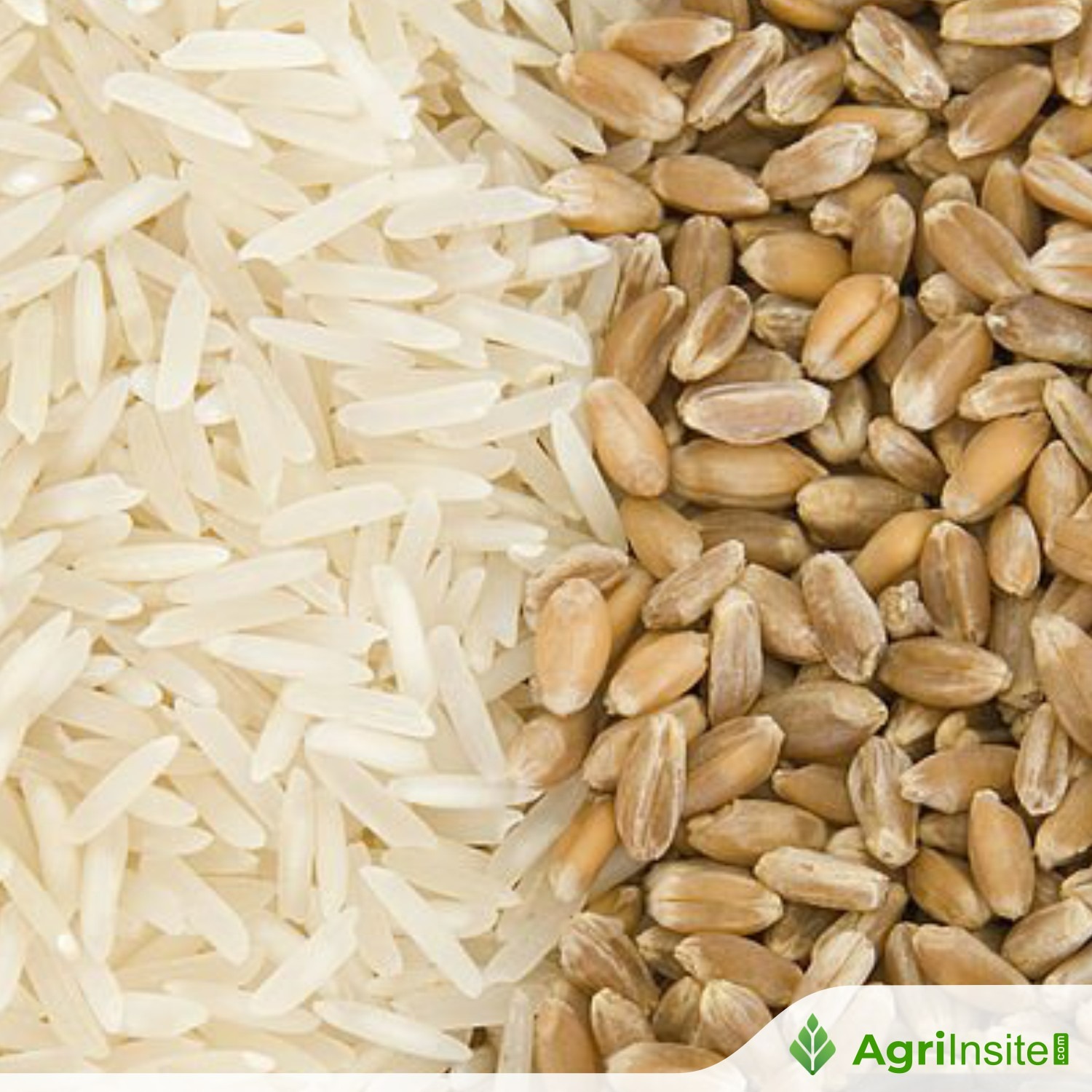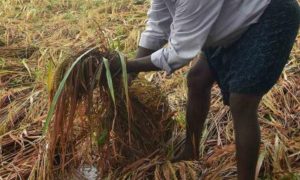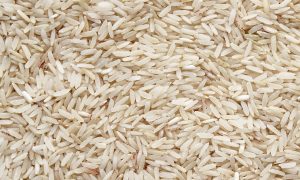Global Agricultural Outlook: USDA Estimate Record Rice and Wheat Production in India

In its April report, the USDA highlights major shifts in global crop production due to weather extremes. India is set to harvest a record 147 MMT of rice and 113.3 MMT of wheat, driven by favorable conditions and area expansion. Brazil leads in soybeans with 169 MMT, while Argentina faces setbacks in cotton and corn due to drought. Palm oil output fell in Southeast Asia from heavy rains, and sunflower yields in Argentina rose despite harvest delays.
The United States Department of Agriculture (USDA) has released its April update on global agricultural production, detailing shifts in output for key commodities including soybeans, rice, corn, cotton, sunflower seed, and palm oil. A mix of weather extremes – from droughts to torrential rains – has significantly shaped yields across continents. USDA estimates record rice and wheat production in India.
Rice: India Sets Record as Cambodia Expands Dry-Season Crop
India is projected to harvest a record 147.0 MMT of milled rice in 2024/25, fueled by a historic 51.0 million hectares of planted area. Farmers shifted from cotton to rice due to its more favorable returns and lower climate risk, especially across the Indo-Gangetic plains.
Cambodia’s production estimate also rose to 7.8 MMT, buoyed by expanded dry-season planting. Dry-season rice saw an 8% increase in sown area, supported by better water management and seed technologies.
Wheat: India and China Bolster Global Totals
Global wheat production for 2024/25 is projected at 796.8 MMT, relatively stable from last month. India stands out with a record 113.3 MMT, as favorable weather and increased area continue to support output.
China’s wheat harvest is also robust at 140.1 MMT, aided by good yield recovery. However, Russia’s wheat outlook dropped sharply to 81.6 MMT, down from last year’s 91.5 MMT, due to reduced area and lower yield in both winter and spring wheat.
Corn: EU and South America Show Mixed Results
The European Union is expected to produce 59.3 MMT of corn, an increase from last month but still 4% below last year. Poland, Croatia, and France saw notable upward revisions, while Romania’s outlook declined.
Brazil’s 2023/24 corn production was revised upward to 154.5 MMT, while 2024/25 estimates remain strong. However, Argentina faces weather setbacks, with 2024/25 output estimated at 50.0 MMT, down from earlier projections due to excessive rains during critical development stages.
Soybeans: Record Highs and Rain-Soaked Struggles
Brazil continues to dominate the global soybean scene, with the USDA maintaining its record production estimate of 169.0 million metric tons (MMT) for marketing year 2024/25. Despite some drought in southern states, beneficial rainfall in the Northeast and Center-West regions boosted yields. National yield estimated at 3.57 tons/hectare, up 6% from last year.
South Africa also showed strong growth, with production estimated at 2.4 MMT, a 30% increase from last year, thanks to La Niña-fueled rainfall and an expansion in soybean area to a record 1.2 million hectares. In contrast, Bolivia’s soybeans suffered under heavy March rains, with flooding slashing yields by 10% month-over-month. The estimate now sits at 3.7 MMT, down 3% from last year.
Sunflower seed: Argentina Shines Despite Delays
Argentina’s sunflower seed crop is pegged at 4.2 MMT, up 5% from last month and 8% from last year. Despite some harvest delays from March rains, yields have been exceptional in the northern provinces, with a national average of 2.15 tons/hectare. Buenos Aires, while delayed, continues to perform strongly.
Palm Oil: Heavy Rains Hamper Malaysia and Indonesia
Southeast Asia’s palm oil output faces pressure from prolonged rains. Malaysia’s estimate dropped to 18.7 MMT, a 5% year-over-year decline. Yields have been hit hard in key regions like Sabah and Sarawak due to flooding.
Indonesia’s output is also trimmed slightly to 46.0 MMT, though still 7% higher than last year. Riau, the top-producing province, has recorded some of the wettest conditions in decades, impacting logistics and harvests.
Coarse Grains: Output Steady but Below Average in the EU
The USDA expects 1,495.3 MMT of total coarse grain production globally. In the EU, corn accounts for the bulk of improvement, but barley and oats face minor reductions. In Africa, countries like South Africa and Tanzania are showing production recovery in maize and millet thanks to improved rainfall.
Cotton: Argentina Takes a Hit from Dryness
Argentina’s cotton output fell to 1.5 million 480-lb bales, a 10% drop from last month, as dry conditions and extreme heat during boll formation took their toll. Yield declined to 544 kg/hectare, despite a stable area.
The report highlights the fragility of global agriculture amid climate variability. From La Niña recovery in Africa to excessive rains in Southeast Asia and droughts in parts of South America, production estimates remain sensitive to evolving weather conditions. Analysts expect further revisions in May as final harvest data becomes available in several regions. Meanwhile, global food markets will be watching closely, especially in commodities like rice and palm oil where tight supply chains and weather extremes intersect.
To Read more about Rice News continue reading Agriinsite.com
Source : Rural Voice















